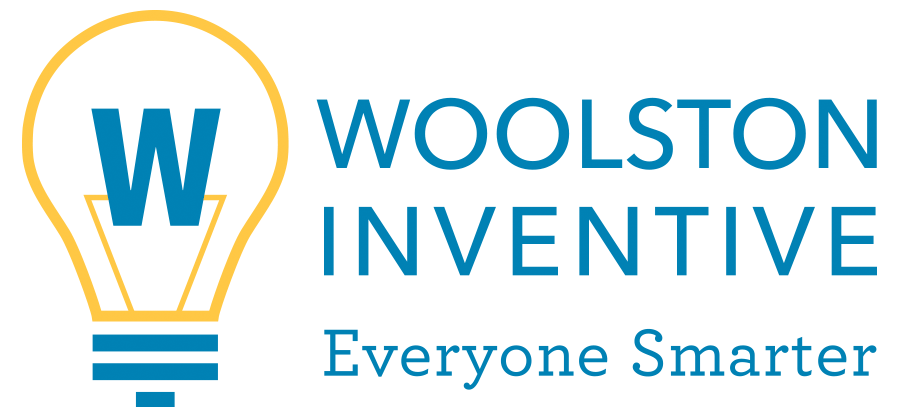Marian University: Business Programs
- pjwoolston
- Jan 1
- 3 min read
Updated: Jan 7
Situation
As one of the most popular programs at the school, Marian University was looking for a way to grow the School of Business. Enrollment had been stable but flat for years, and leadership felt like there was far more potential to grow for the programs in that school.
Solution
We partnered with the dean for the School of Business to reimagine the visit experience. In the spirit of using our time with prospective students to make them smarter rather than just promoting the program, we replaced the traditional, staid visit program with an enlightening experience that created light bulb moments for visitors.
Knowing that by the time we dropped visitors off at the School of Business they would already have all the information they needed about the school in general, we focused the visit on a genuinely interesting business topic. We decided to highlight “building wealth” (or in other words, retirement savings, but “building wealth” is a much more appealing way to market this kind of discussion to teenagers!). We met in a space with an extremely large monitor. We began the session by having the guest indicate how much money they expected to need to amass over the course of a career to retire comfortably, and we mapped it on a curve.

Then we displayed a complex Excel spreadsheet that we had created, and discussed the most important contributing factors to building wealth, things like starting income, rate of saving, company match, etc. We indicated which parameters the guest could change, and the wealth curve that we had built adjusted automatically as they played with those parameters. Over the course of the discussion we modeled for them an ideal wealth curve (based on their priorities and feedback), and matched it to their initial assessment.

To conclude, we gave them a branded flash drive with the programming we had built on it, as well as plenty of room for them to save future work.

We also built two other marketing pieces for the School of Business, both of them highly practical. Understanding that the priority for these prospective students and their parents was the job prospects subsequent to a business degree, we assembled a slider that showed job growth projections, salaries, industries, and sample titles related to each of the majors in the school.

We also worked to match how important students understood the resume to be with how intimidating it can be to write your first one. We wrote and published a resume about how to write a resume, and gave both paper and digital copies to students, paper so they could see and feel the form, digital so they could manipulate a template that was more malleable and less daunting than choosing a template in a word processing program.

Success
Aside from the popularity of these pieces and the immediate and immense positive feedback we received on the visit, we saw enrollment finally growing steadily and consistently in the School of Business programs. Visitors told us that they enjoyed our program precisely because no other campus visit was doing anything remotely similar. We were regularly told, through both solicited feedback mechanisms and unsolicited, less formal feedback, that what set this program apart when it came time to make an enrollment decision was the fact that guests left this experience inspired and motivated, unlike any other visit they made which was inevitably purely informational.



